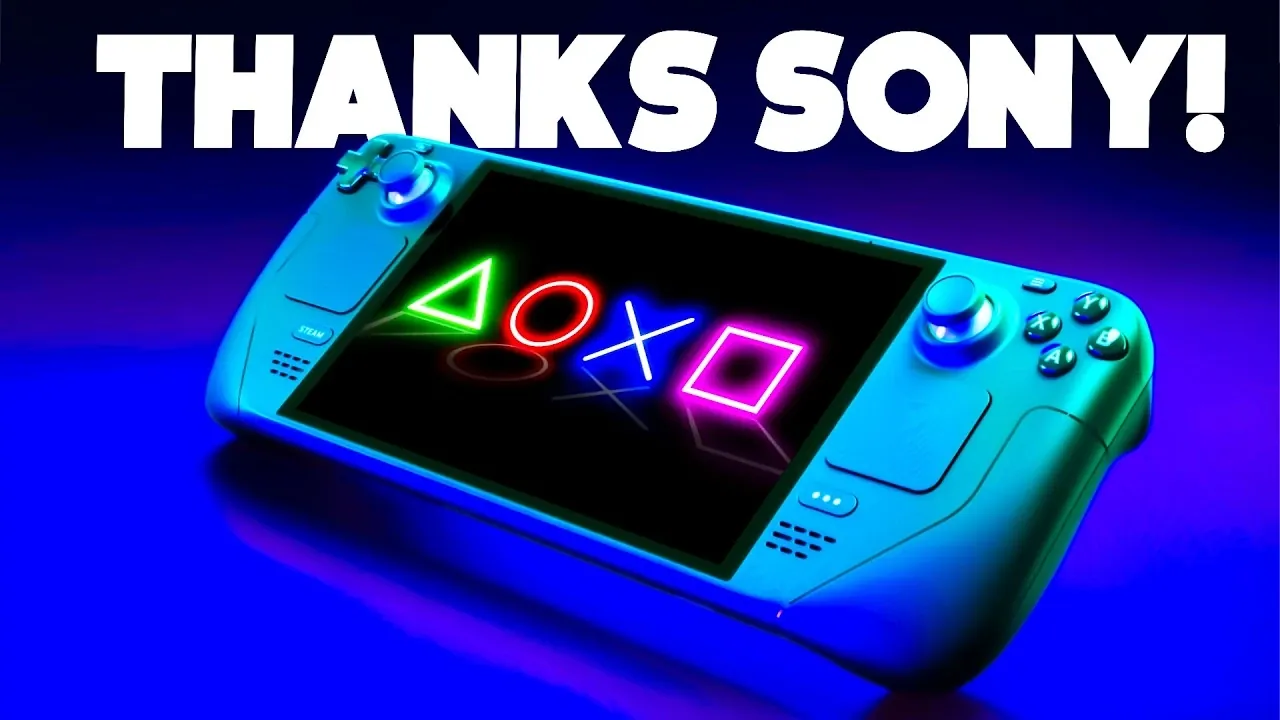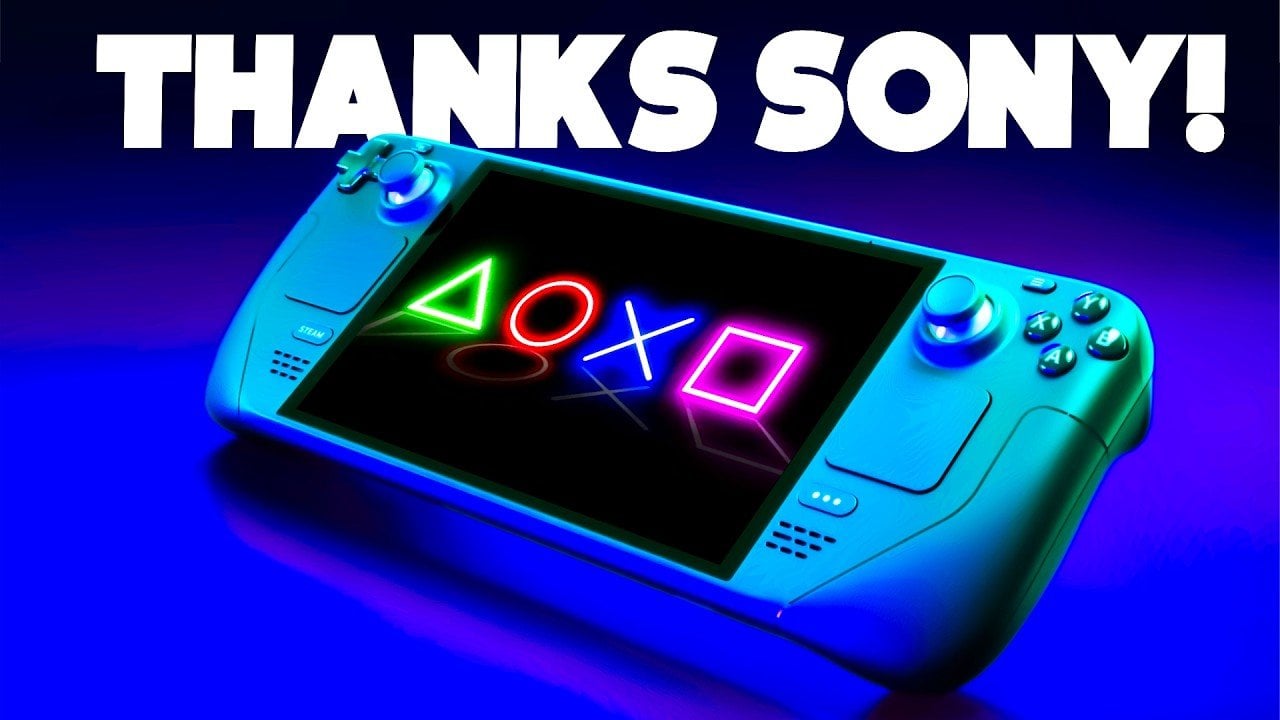
What if one of the most iconic names in gaming finally embraced the handheld revolution? In a move that has stunned fans and industry insiders alike, Sony has officially optimized its blockbuster hit, “Ghost of Tsushima,” for the Steam Deck—a platform once seen as outside the company’s traditional ecosystem. This bold step signals more than just a technical update; it’s a declaration that Sony is ready to meet gamers where they are, even if that means collaborating with Valve, a long-time competitor. For years, handheld gaming has been dominated by niche devices or Nintendo’s stronghold, but with Sony’s entry into the Steam Deck space, the stakes have never been higher. Could this be the beginning of a new era for portable gaming?
Deck Ready dives into the fascinating collaboration between Sony and Valve, revealing how this partnership is reshaping the handheld gaming landscape. From customized graphics presets to streamlined file sizes, Sony’s updates to “Ghost of Tsushima” are more than just technical tweaks, they’re a blueprint for how developers might approach handheld optimization in the future. But this isn’t just about one game. With whispers of a Steam Deck 2 and Valve’s continued push for hardware innovation, the handheld market is heating up in ways that could redefine the gaming experience. How will these developments impact the future of gaming? Let’s unpack the implications and see what this means for players worldwide.
Valve’s Push for Hardware Innovation
TL;DR Key Takeaways :
Sony and Valve are driving the handheld gaming trend by optimizing games like “Ghost of Tsushima” for devices like the Steam Deck and advancing innovative hardware.
Valve is reportedly developing new hardware, including the Steam Controller 2, a potential dedicated Steam console, and a next-generation VR headset, emphasizing modularity and immersive experiences.
Sony has tailored “Ghost of Tsushima” for the Steam Deck with a specific graphics preset and optional multiplayer DLC, improving performance and accessibility for handheld gamers.
The gaming industry is increasingly focusing on handheld devices, with developers prioritizing compatibility and performance for platforms like the Steam Deck, reflecting shifts in consumer demand for portable gaming.
These advancements highlight a shared commitment by Sony and Valve to innovate and adapt, making sure handheld gaming remains a central and evolving part of the gaming industry’s future.
Valve continues to expand its hardware ecosystem, with leaks and rumors hinting at several exciting projects in development. Among these is the highly anticipated Steam Controller 2, which reportedly incorporates design elements from the Steam Deck but omits a screen. This new controller is expected to offer greater flexibility and functionality, catering to gamers who seek immersive gameplay without the need for a full handheld device. By focusing on modularity, Valve aims to provide players with tools that adapt to their unique preferences.
Speculation about a dedicated Steam console further underscores Valve’s ambition to innovate. This standalone system could integrate Steam OS, offering seamless access to Valve’s extensive game library while prioritizing convenience and performance. Such a console would appeal to gamers who value the power of PC gaming but prefer the simplicity of a console-like experience.
Valve’s efforts also extend into the realm of virtual reality. Reports of a new VR headset in development suggest the company is committed to pushing the boundaries of VR gaming. This device could introduce advanced features such as improved resolution, enhanced tracking, and better ergonomics, further solidifying Valve’s position as a leader in immersive gaming technology. Additionally, rumors of a Steam Deck 2 have generated excitement, with expectations of upgraded hardware, enhanced haptic feedback, and potentially more competitive pricing. These developments highlight Valve’s dedication to creating a cohesive ecosystem that integrates hardware and software for a seamless gaming experience.
Sony Adapts “Ghost of Tsushima” for Steam Deck
Sony has taken a significant step toward embracing handheld gaming by optimizing its critically acclaimed title, “Ghost of Tsushima,” for the Steam Deck. This update introduces a Steam Deck-specific graphics preset, making sure smoother gameplay and improved performance tailored to the device’s capabilities. By addressing the unique technical requirements of the platform, Sony demonstrates its commitment to delivering high-quality experiences to handheld gamers.
In addition, Sony has made the game’s multiplayer mode, “Legends,” available as optional downloadable content (DLC). This decision reduces the game’s overall file size, making it more manageable for Steam Deck users who prioritize single-player campaigns. By separating content in this way, Sony not only enhances accessibility but also sets a precedent for other developers to follow when optimizing games for portable platforms.
This move reflects Sony’s broader strategy to reach new audiences and adapt to changing player preferences. By bringing one of its flagship titles to the Steam Deck, Sony signals its willingness to collaborate with other industry leaders and cater to the growing demand for handheld gaming experiences.
Valve Steam Controller 2 Leak & Steam Console Rumors
Browse through more resources below from our in-depth content covering more areas on Steam Deck.
Handheld Gaming: A Growing Industry Focus
The collaboration between Valve and developers like Sony highlights a larger trend in the gaming industry: the increasing emphasis on handheld gaming. Devices like the Steam Deck have redefined portable gaming by combining robust performance with a compact design, encouraging developers to create native builds and optimize settings specifically for these platforms. Many studios are now prioritizing Steam Deck Verified games, which guarantee compatibility and smooth performance for users, making sure a consistent and enjoyable experience.
This trend is further reinforced by the rise of competing handheld devices. For instance, Xbox’s growing interest in portable gaming could push more developers to focus on creating games optimized for handheld platforms. As the demand for tailored gaming experiences continues to grow, the industry is likely to see more innovations, including features like graphics presets, improved haptics, and streamlined file sizes designed specifically for portable devices.
The increasing focus on handheld gaming also reflects broader shifts in consumer behavior. Gamers are seeking greater flexibility and convenience, and handheld devices provide an ideal solution by offering high-quality gaming experiences on the go. This shift is driving developers and hardware manufacturers to prioritize portability without compromising performance, making sure that handheld gaming remains a vital part of the industry’s future.
What This Means for Gamers
The advancements from Valve and Sony underscore a shared commitment to enhancing the handheld gaming experience. Whether it’s the rumored Steam Controller 2, the potential for a dedicated Steam console, or the tailored updates to games like “Ghost of Tsushima,” these developments highlight the industry’s focus on innovation and adaptability. By addressing the unique demands of portable platforms, both companies are helping to redefine what is possible in handheld gaming.
As handheld gaming continues to gain momentum, you can expect more games and hardware designed to meet the needs of this growing market. These innovations not only broaden the scope of gaming but also ensure that handheld devices remain a central part of the industry’s evolution. For gamers, this means greater access to high-quality experiences that are both portable and immersive, offering new ways to enjoy their favorite titles anytime, anywhere.
Media Credit: Deck Ready
Filed Under: Gaming News, Top News
Latest Geeky Gadgets Deals
Disclosure: Some of our articles include affiliate links. If you buy something through one of these links, Geeky Gadgets may earn an affiliate commission. Learn about our Disclosure Policy.

